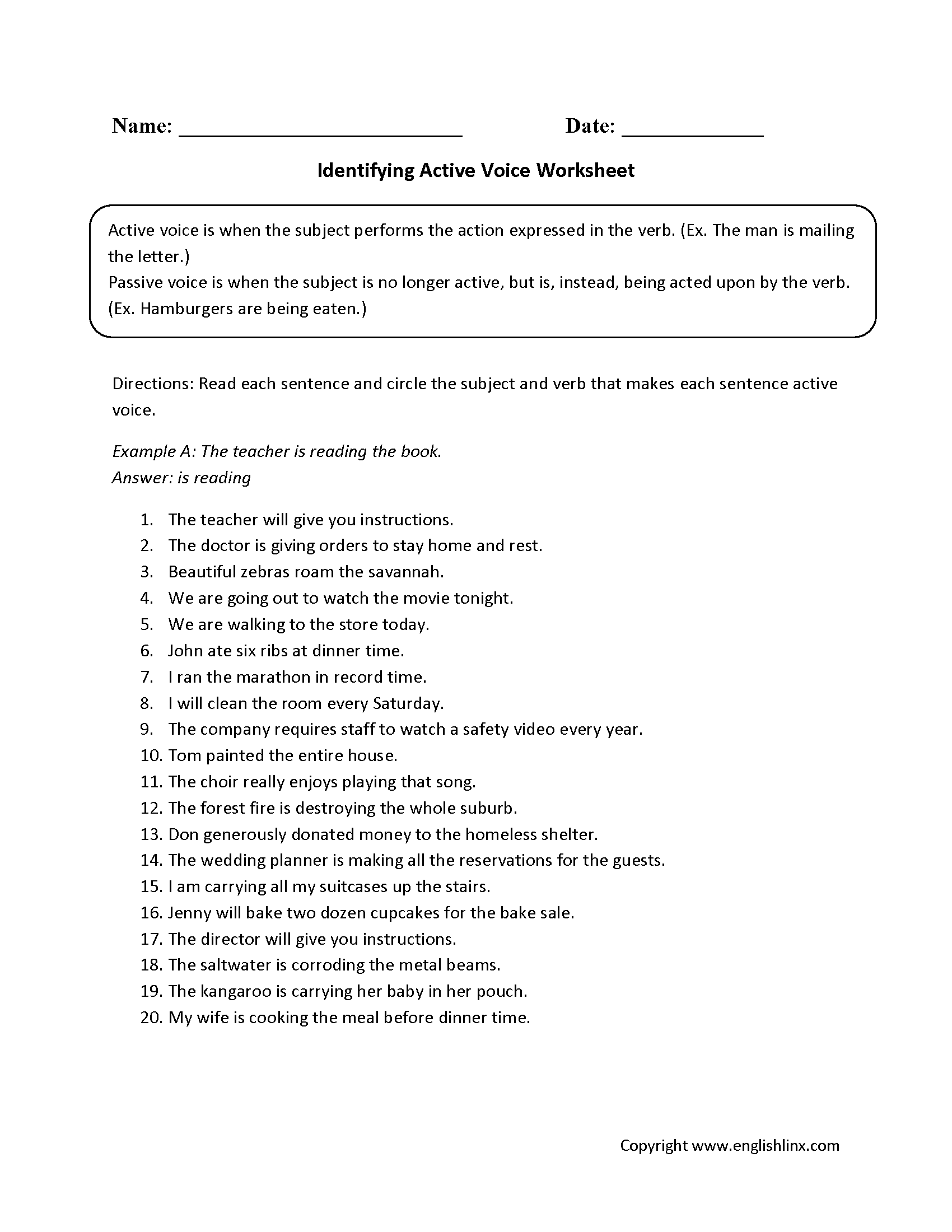In English grammar, sentences can be written in two different voices – active voice and passive voice. Understanding the difference between these two voices is crucial for effective communication. Active voice sentences are more direct and dynamic, while passive voice sentences are often used when the focus is on the action rather than the doer.
When it comes to learning about active and passive voice, having a PDF document can be incredibly helpful. PDFs are easily accessible and can be downloaded or printed for reference. They provide a clear explanation of the concepts, along with examples that illustrate how to use each voice effectively.
Active voice sentences feature a subject performing the action of the verb. For example, “The dog chased the cat.” In this sentence, the subject (the dog) is doing the action (chased). Passive voice sentences, on the other hand, have the subject receiving the action of the verb. For example, “The cat was chased by the dog.” Here, the subject (the cat) is being acted upon (chased).
One of the main benefits of using active voice is that it makes sentences more concise and engaging. The subject is clearly identified as the doer of the action, which can help improve clarity and understanding. Passive voice, on the other hand, is often used when the doer of the action is unknown or when the focus is on the action itself rather than the doer.
While both active and passive voice have their place in writing, it’s important to use them appropriately based on the context and purpose of your communication. Active voice is generally preferred in most cases as it tends to be more direct and impactful. However, passive voice can be useful in certain situations, such as when the doer of the action is irrelevant or when you want to emphasize the action itself.
In conclusion, understanding the differences between active and passive voice is essential for effective communication. By using a PDF guide to learn about these concepts, you can improve your writing skills and make your sentences more engaging and clear. Whether you choose to use active voice for directness or passive voice for emphasis, knowing when and how to apply each voice will enhance the quality of your writing.
